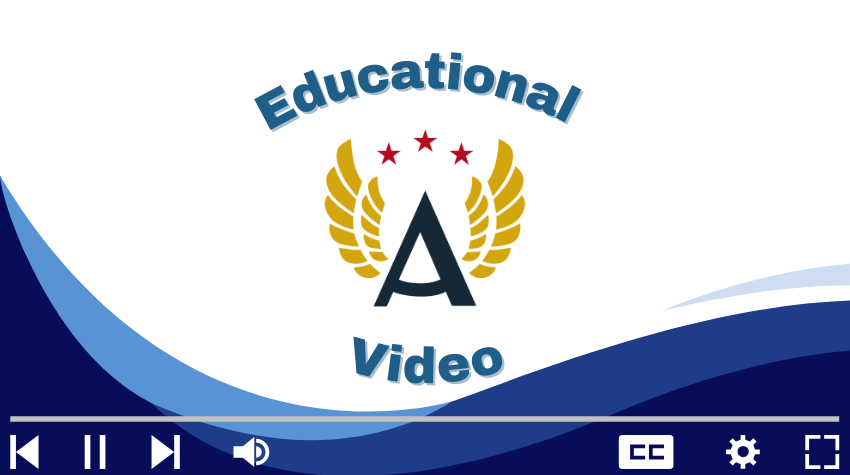Lesson 1: Pre-Writing for Research
Lesson 1: Pre-Writing for Research

Lesson 3-1
Lesson 3-1

In this lesson, you'll begin working on a comparing and contrasting research paper. You can compare two genocides, two types of music, two kinds of food, two kinds of sports or two types movies. Pick a topic that interests you. Ask the teacher if you are interested in another topic for approval. The research process will be the same for any topic you decided to compare/contrast. Follow these steps to success:
- Think about the Unit Project, which will be a research paper comparing and contrasting the Holocaust to another genocide or two types of music, food, sports, or movie. Preview it in the Reading & Discussion Sidebar (1 day).
- Learn more about pre-writing in Learn More(1 day).
- Read some of the websites related to your topic in the Interactive Materials to get started for ideas. (1 day).
- Complete Journal activities in the Sidebar. Upload all the activities under one entry in the Journal tool, called 'Unit 3 Lesson 1' (3 days).
- Take the Practice assessment under the Tests & Quizzes menu (1 day).
Learn More
Before you start working on your research project, it's important to learn about 'prewriting' and why it matters. Prewriting is the first step in the writing process. It's when you brainstorm, plan, and organize your ideas before you actually start writing. It's kind of like getting everything ready before you begin building something. Read these sources to learn more about prewriting.
Learn more about Pre-Writing:
- Prewriting Questions
- Types of Prewriting Strategies
- Review the Prewriting Slideshow
Journal Activities

Respond to the following prompts in your Course Journal:
- Which topic will you be researching?
- Do some preliminary research on the topic and upload notes and sources. Make sure to have a minimum of 5 - 10 sources.
- Focus on specific points you are interested in comparing and contrasting of the topic. Be as specific as possible.
- Use one of the pre-writing strategies learned to begin writing your research paper.
Prewriting Slideshow




